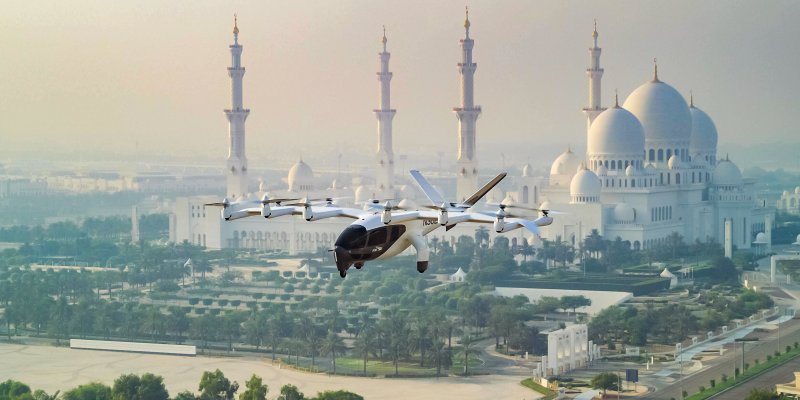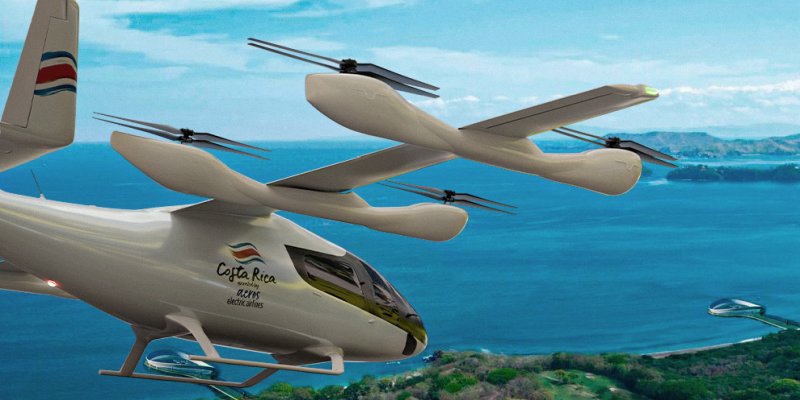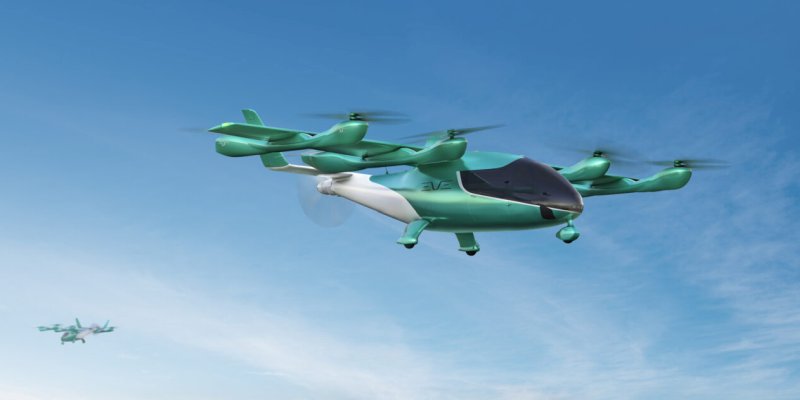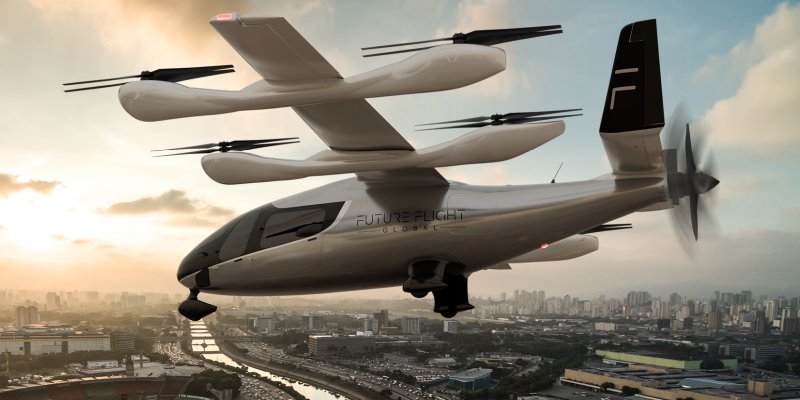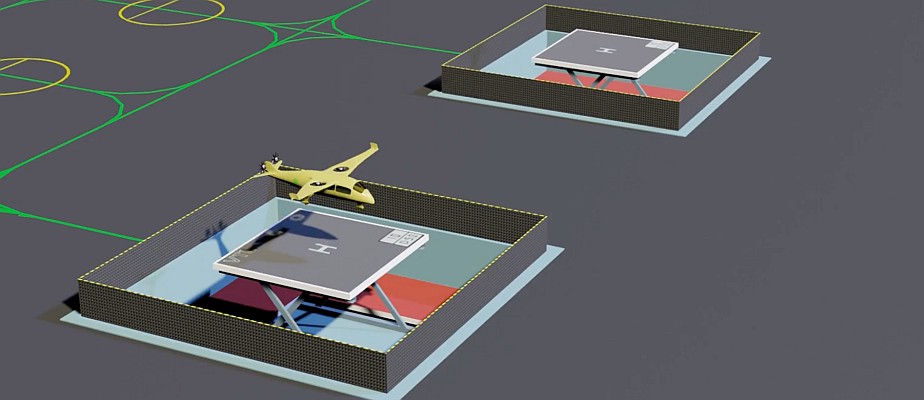The Advanced Air Mobility sector, as the market for eVTOLS (electric vertical take-off and landing vehicles) is technically known, is about to take off and generate billions of dollars over the next few years. There are more than 800 eVTOL programs in the world, of the most varied models and under development by around 350 companies, according to data from The Vertical Flight Society.
Despite the large numbers, a small number have managed to advance their projects and are receiving funding from private investors – and even from the government in technology and sustainability programs. Soon we will see the eVTOLs of around 30 companies taking to the skies and actually operating commercially around the world. In China, for example, one developer has already obtained certification for passenger flights.
To advance this market, more than 10 billion dollars of Venture Capital has already been earmarked for these projects, not to mention that some companies are already listed on stock exchanges. This is a reflection of the profile of these companies, which are generally startups created for the specific purpose of manufacturing eVTOLs. But the major aircraft manufacturers have also jumped on the bandwagon. Embraer has created Eve Air Mobility, Boeing has acquired Wisk Aero and Airbus is developing its own eVTOL. Not to mention the automobile industry which is also trying to fly, such as Volkswagen, Hyundai, Honda, Stellantis and others.
There is a widespread frenzy around these aircraft, but it is not yet clear how they will operate on a day-to-day basis, because as this is the future and a new technology, caution has been the priority. From what has already been tested and publicized around the world, eVTOLs will be used to complete the mobility chain in cities. They could, for example, connect airports in the same region, such as Congonhas, Campo de Marte and Guarulhos, or Jacarepaguá, Santos Dumont and Galeão, within a few minutes. Or connect these airports to vertiports – the new landing and take-off points – in the neighborhoods. Maybe it will be possible to buy a single ticket from Morumbi, in São Paulo, to Jurerê beach, in Florianópolis. Of course, with the appropriate airplane flights between the airports.
Even with the promise of “democratizing” access, it is to be assumed that people with more financial resources, who already use helicopters, for example, will be the first to get on board. The idea of the manufacturers and operators is to expand this audience as they gain scale, relying on a lower cost of operation when compared to helicopters, starting with the fact that eVTOLs are electric, which tends to be cheaper than traditional fuel. But this is with a view to starting operations in 2025 and gradually increasing over the next 10 to 15 years.
This scenario is expected to be confirmed and we will see a proliferation of vertiports in residential and commercial condominiums, as well as at strategic points to connect cities separated by up to 100 kilometers, such as São Paulo to Campinas.
In order not to miss out on this opportunity, Brazil still needs to resolve some aspects, especially the regulatory and certification aspects of eVTOLs. At this point, we need to involve public authorities, companies and society in an in-depth debate so that we can create a scalable, accessible, sustainable and safe air mobility ecosystem.
*Emerson Granemann is CEO of MundoGEO and creator of Expo eVTOL, Brazil’s first exhibition dedicated to eVTOLs




